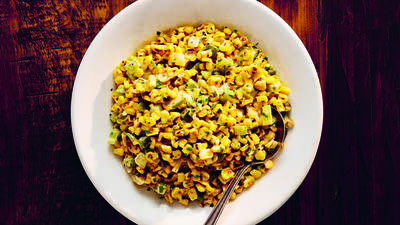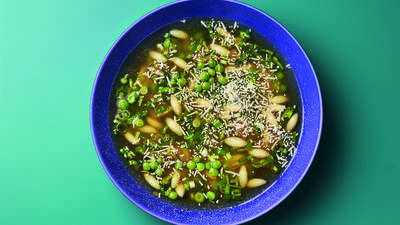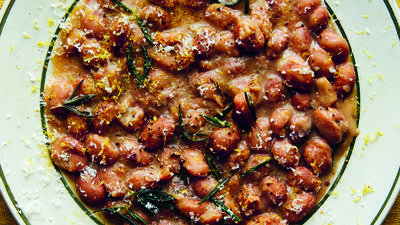
Icelandic Rye Bread
Rúgbrauð / Hverabrauð / Brumari (Iceland)
In Iceland the rye loaf is usually quite dense, leavened with bicarbonate of soda (baking soda) and rather sweet, almost like cake. It is not baked in the oven but steamed, either in a geothermal area or sometimes in the oven. Historically a sort of wooden vessel was used but today more commonly a simple bucket with lid. Sites for baking bread can be found around hot springs close to villages in the Icelandic countryside. They function a bit like communal spaces and every family will have a hole in the ground in which they bake their bread. It is funny walking over the steaming ground, criss-crossing between holes covered by ramshackle lids, the smell of sweet bread mingling with the sulphurous scent of volcanic activity.
This recipe comes from Gudrun Einarsdottir who helped me out with a lot of the Icelandic content for this book. It was originally her grandmother’s.
Rúgbrauð means rye bread, hverabrauð refers specifically to bread baked next to hot springs and brumari, ‘thunder bread’, refers to the effects from eating any bread containing a lot of dietary fibres.
[Ed. Note: Magnus Nilsson talks about documenting Nordic baking traditions for The Nordic Baking Book in this interview with Shauna Sever.]
 The Nordic Baking Book
by Magnus Nilsson
The Nordic Baking Book
by Magnus Nilsson
Ingredients
460 g / 1 lb 1 oz (31/2 cups) rye flour
260 g / 9 1/4 oz (2 cups plus 2 tablespoons) plain (all-purpose) flour
1 litre / 34 fl oz (4 1/4 cups) cultured milk
400 g / 14 oz (1 cup plus 2 tablespoons) golden syrup
15 g/ 1/2 oz (1 tablespoon) salt
3 teaspoons bicarbonate of soda (baking soda)
Directions
Line a 3-litre/101 fl oz (121/2-cup) heatproof vessel, pot or bucket with a lid with some baking (parchment) paper.
Mix all the ingredients together in a bowl until fully combined, then transfer to the prepared vessel.
If you do not have access to a suitable geothermal area, place the vessel – with the lid on – in the oven at 90ºC/195ºF for 12 hours. Let the bread cool completely on a wire rack before cutting into it.
If you do have a geothermal area close by, place the dough-filled vessel in the ground and cover it to start baking and proceed as described above.
Recipe excerpted from The Nordic Baking Book by Magnus Nilsson. Copyright 2018 Phaidon Press.
Before you go...
Each week, The Splendid Table brings you stories that expand your world view, inspire you to try something new, and show how food connects us all. We rely on your generous support. For as little as $5 a month, you can have a lasting impact on The Splendid Table. And, when you donate, you’ll join a community of like-minded individuals who love good food, good conversation, and kitchen companionship. Show your love for The Splendid Table with a gift today.
Thank you for your support.
Donate today for as little as $5.00 a month. Your gift only takes a few minutes and has a lasting impact on The Splendid Table and you'll be welcomed into The Splendid Table Co-op.



